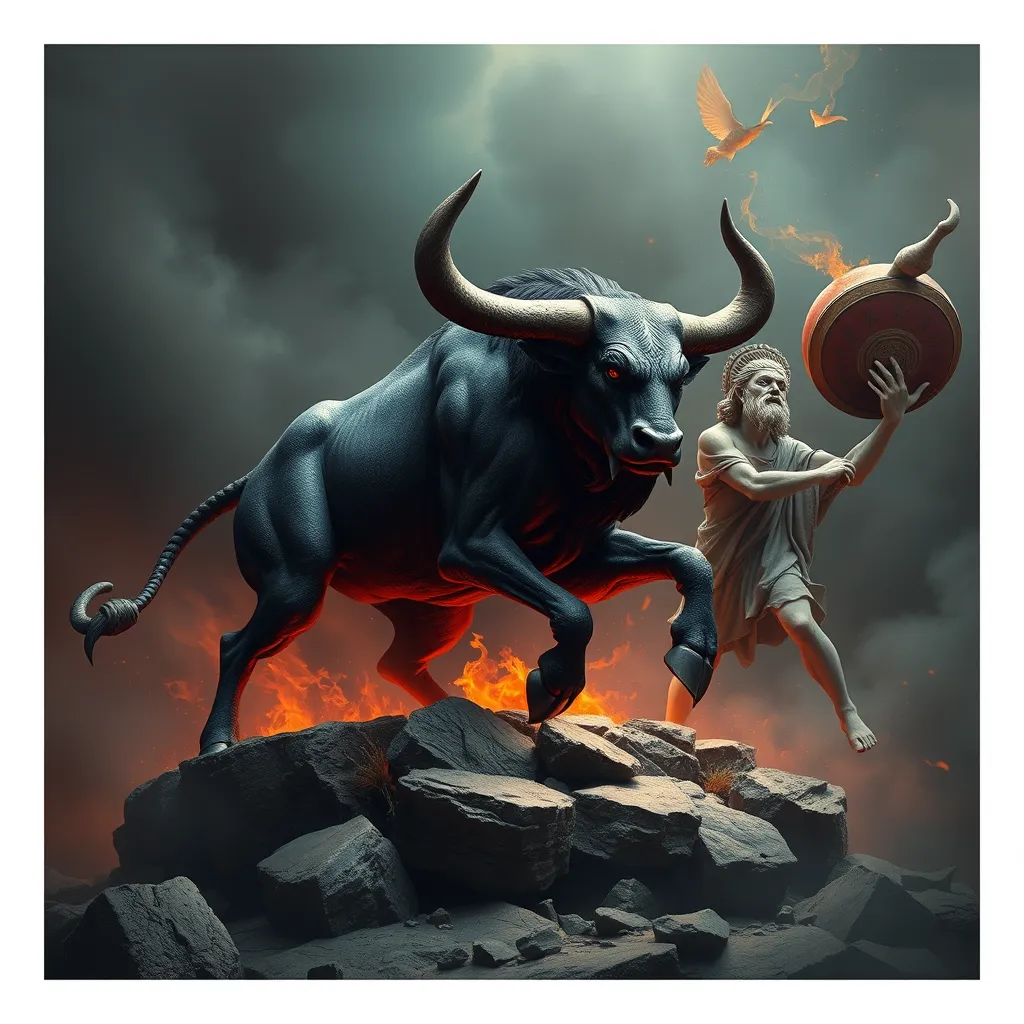The Elven Connection to Nature: Exploring Their Bond with the Forest and Earth
I. Introduction
Elves, often depicted as ethereal beings of great beauty and wisdom, hold a significant place in various mythologies and cultures around the world. Their connection to nature is not merely a characteristic; it is a core aspect of their identity. From the ancient tales of Norse mythology to the enchanting realms of J.R.R. Tolkien, Elves are portrayed as guardians of the natural world, embodying its beauty and intricacies. This article aims to explore the profound relationship between Elves and the natural world, examining how this bond has been represented throughout history and its implications for contemporary society.
II. Historical Context of Elves and Nature
The origins of Elven mythology can be traced back to various cultures, notably in Germanic and Celtic traditions. In these early stories, Elves were often associated with both the forces of nature and the spiritual realms. They were depicted as beings who lived in harmony with their surroundings, drawing power from the earth, trees, and water.
As literature and folklore evolved, so did the portrayal of Elves. In medieval texts, they were often seen as mischievous yet benevolent beings, while later interpretations, particularly in the Romantic period, emphasized their role as nature’s protectors. The connection between Elves and the natural world continued to evolve, reflecting societal changes and the growing awareness of environmental issues.
Nature played an essential role in shaping Elven societies, influencing their way of life, beliefs, and even their architecture. The lush forests and serene landscapes where Elves resided were often depicted as extensions of their beings, filled with magic and life.
III. The Spiritual Significance of Nature to Elves
For Elves, nature is not just a backdrop but a profound source of wisdom and guidance. They perceive the natural world as a living entity, imbued with spirits and energies that can offer insights into the mysteries of life.
- Rituals and Practices: Elves engage in various rituals that honor the Earth and its elements, celebrating the cycles of nature and seeking to maintain balance and harmony.
- The Green Man: In Elven spirituality, the concept of the “Green Man” symbolizes the connection between humans, nature, and the cycles of life. This archetype represents fertility, rebirth, and the interdependence of all living things.
IV. Elven Abodes: Harmony with the Environment
The architecture of Elven homes is a testament to their profound respect for nature. Unlike the stark, intrusive structures found in modern urban settings, Elven dwellings are designed to blend seamlessly with their surroundings.
- Architectural Styles: Elven architecture often mimics natural forms, resembling tree branches, flowing water, and other organic shapes.
- Sustainable Materials: Elves are known for using sustainable materials, ensuring that their homes do not harm the environment. This includes utilizing wood from fallen trees, stones from riverbeds, and other natural resources that can be replenished.
- Integration with Nature: Elven living spaces are often integrated with the flora and fauna around them, featuring gardens, waterways, and wildlife habitats that enhance the beauty of their environment.
V. Elven Guardianship of the Forest
Elves are often portrayed as protectors of the natural world, taking on the role of guardians who defend the forests and ecosystems from harm. This guardianship is deeply rooted in their cultural narratives.
- Protectors of Nature: Elves are depicted as fiercely loyal to the earth, often intervening in events that threaten the balance of nature.
- Legends of Intervention: Many stories recount Elven heroes who save forests from destruction, heal polluted rivers, and restore harmony among creatures.
- Modern Environmentalism: The Elven ethos of stewardship has found resonance in contemporary environmental movements, inspiring initiatives aimed at preserving biodiversity and restoring ecosystems.
VI. Communication with Nature: Elven Abilities
One of the most fascinating aspects of Elven lore is their ability to communicate with the natural world. This connection is often depicted as both mystical and intuitive.
- Telepathy and Empathy: Elves are believed to possess telepathic abilities that allow them to communicate with animals and plants, understanding their needs and feelings.
- Magic and Rituals: Through various rituals and spells, Elves can enhance their connection to nature, using magic to heal the land and restore natural balance.
- Healing Stories: Many tales describe Elves using their powers to heal damaged ecosystems, showcasing their role as caretakers of the earth.
VII. The Influence of Elven Connection to Nature in Popular Culture
The depiction of Elves in modern literature, films, and video games has been significantly influenced by their traditional connection to nature. These portrayals often reflect themes of harmony, environmentalism, and the importance of preserving the natural world.
- Literature and Film: Works like J.R.R. Tolkien’s “The Lord of the Rings” and various fantasy films showcase Elves as ethereal beings deeply connected to forests and nature.
- Video Games: Many video games feature Elven characters who embody these themes, often serving as guardians of the environment.
- Resurgence of Interest: In recent years, there has been a renewed interest in Elven culture, paralleling the global push for environmental awareness and sustainability.
VIII. Conclusion
The bond between Elves and nature is a rich tapestry woven through mythology, literature, and contemporary culture. This connection teaches us valuable lessons about the importance of respecting and protecting our natural world. As we reflect on the Elven philosophies, we are reminded of our own responsibilities toward the environment.
In a world facing significant ecological challenges, embracing a deeper connection with nature, inspired by the Elven ethos, could lead to a more sustainable future for all. Let us heed the call to become guardians of our own Earth, fostering harmony and balance in our relationship with the natural world.




